
Hormone distribution via hydraulic flux determines root branching
Plant Science Research WeeklyClimate change affects rain patterns and hydrological cycles all over the world, exacerbating water scarcity issues. Root branching is altered by local spatial differences in soil moisture. Indeed, when root tips temporarily lose contact with moisture, root branching stops until the appropriate moisture…
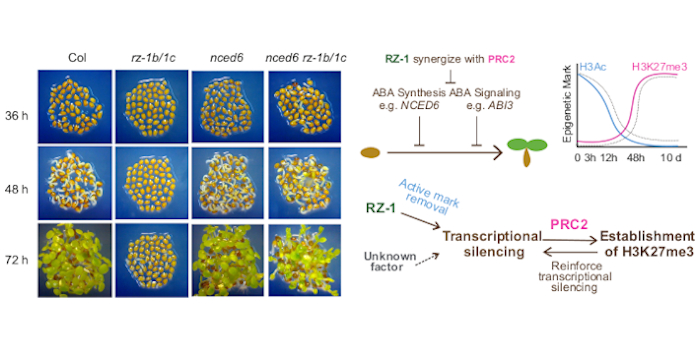
Seed germination: It’s about restricting ABA biosynthesis at the chromatin
The Plant Cell: In a NutshellYang and Zhao et al. examine the control of seed germination at the chromatin level.
Zhe Wu and Deyue Yang, Key Laboratory of Molecular Design for Plant Cell Factory of Guangdong Higher Education Institutes, Institute of Plant and Food Science, Department of Biology, School of Life Sciences, Southern…

AHA2 is involved in ABA-induced stomatal closure
The Plant Cell: In a NutshellAuthor et al. explore the role of plasma membrane H +-ATPases in ABA-induced stomatal closure.
https://doi.org/10.1093/plcell/koac106
By Zhizhong Gong1, 2 and Dan Pei1
1State Key Laboratory of Plant Physiology and Biochemistry, College of Biological Sciences, China Agricultural University, Beijing,…
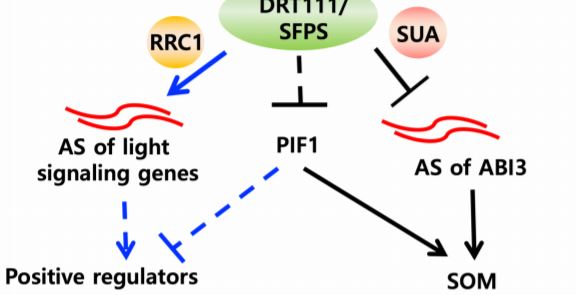
SPLICEd in the Seeds: Integration of ABA and Light Signaling in Arabidopsis
Blog, Plant Physiology, Plant Physiology: News and Views, ResearchDhineshkumar Thiruppathi 1,2
ORCID ID: 0000-0002-2018-3356
Donald Danforth Plant Science Center,
Saint Louis, Missouri 63132
1Author for contact: [email protected]
2Lead author
Plant development and adjustment to the environment require not only tight regulation of core…
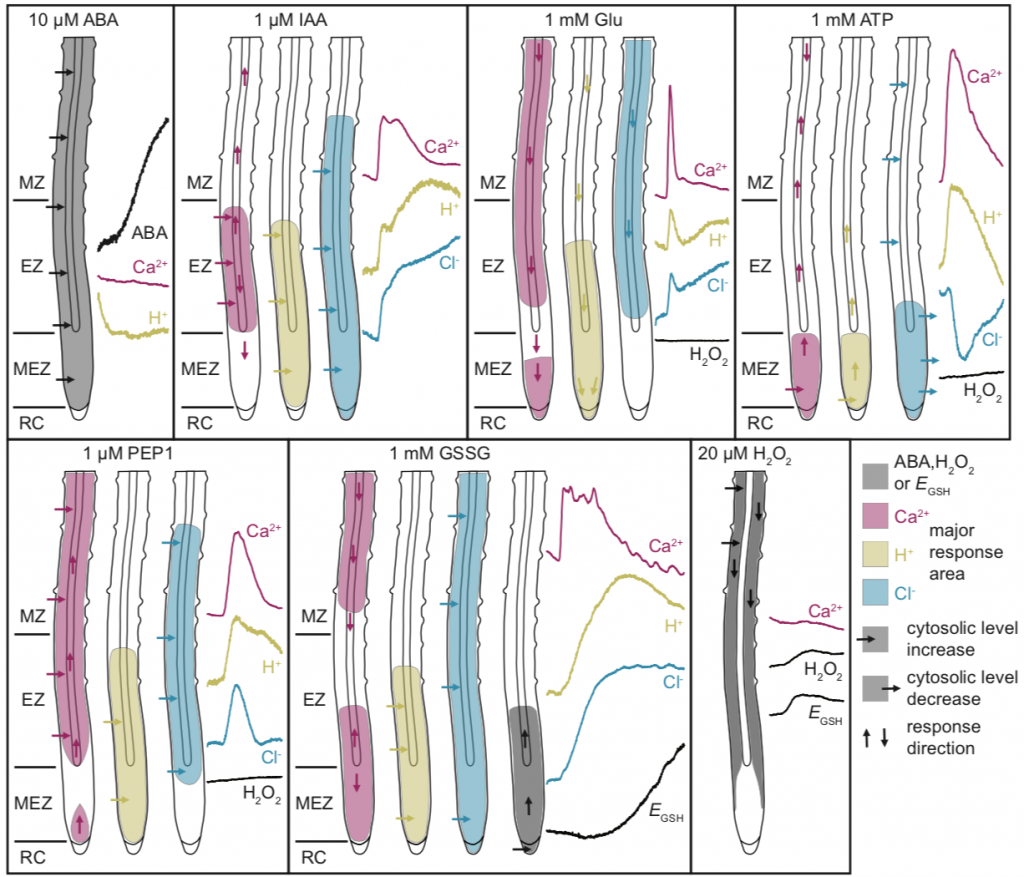
Dual-sensing genetically encoded fluorescent indicators, ABA and second messenger dynamics (Plant Cell)
Plant Science Research WeeklyResponses to a changing environment require an interplay between primary and secondary messengers. Hormones like abscisic acid (ABA), auxin etc. act as a primary messengers, whereas molecules like Ca2+, reactive oxygen species (ROS), other cations and anions act as a secondary messenger. In this paper,…
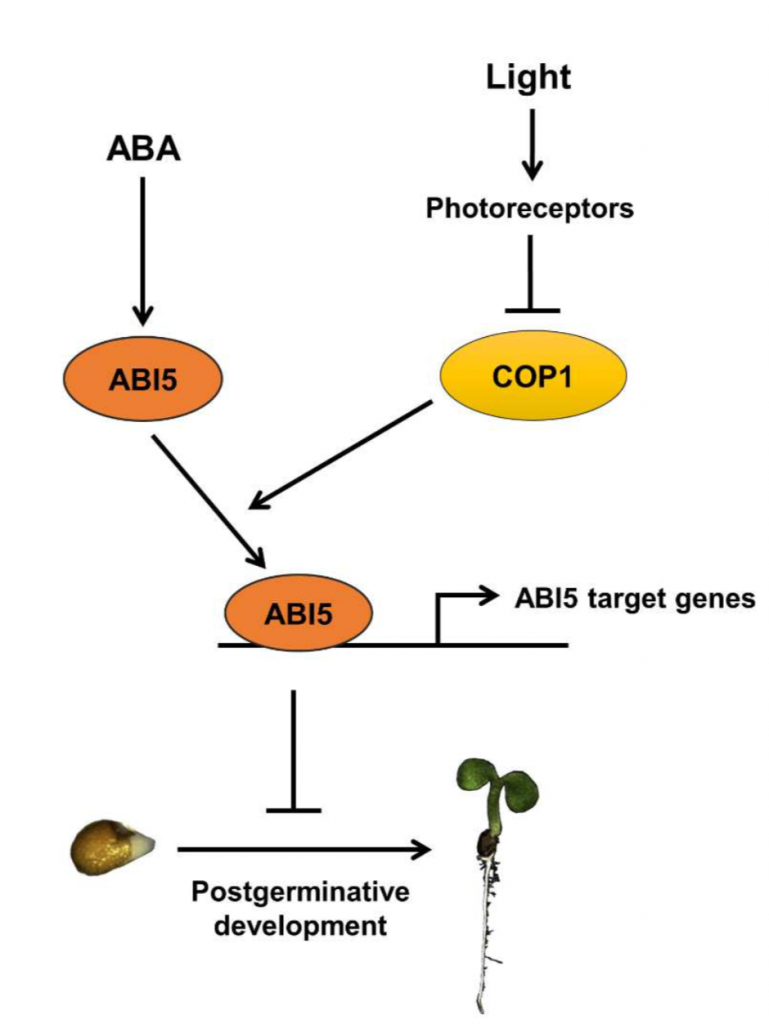
Post germination seedling establishment by ABA in response to light (Plant J.)
Plant Science Research WeeklyAbscisic acid (ABA), is implicated in reversible inhibition of seed germination (emergence of radicle) and post-germination seedling establishment (formation of green open cotyledons) during unfavorable conditions. Yadukrishnan et al. analyzed the role of light in ABA- mediated inhibition of post germination…
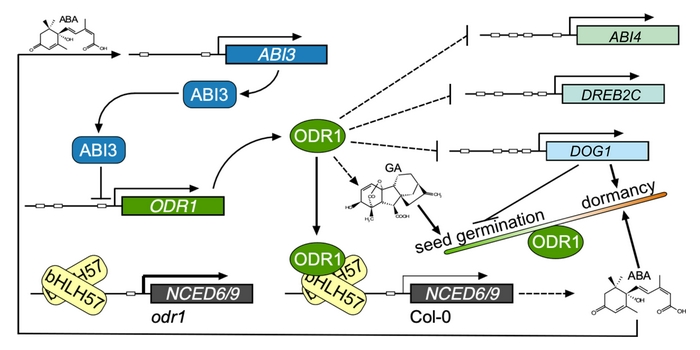
A new player links ABA biosynthesis and signaling with seed dormancy
Research, The Plant Cell, The Plant Cell: In a NutshellLiu et al. identify new connections between known regulators of seed dormancy, acting through modulation of ABA biosynthesis and signaling. The Plant Cell (2020) https://doi.org/10.1105/tpc.20.00026
By Fei Liu and Yong Xiang, Shenzhen Branch, Guangdong Laboratory for Lingnan Modern Agriculture, Genome…
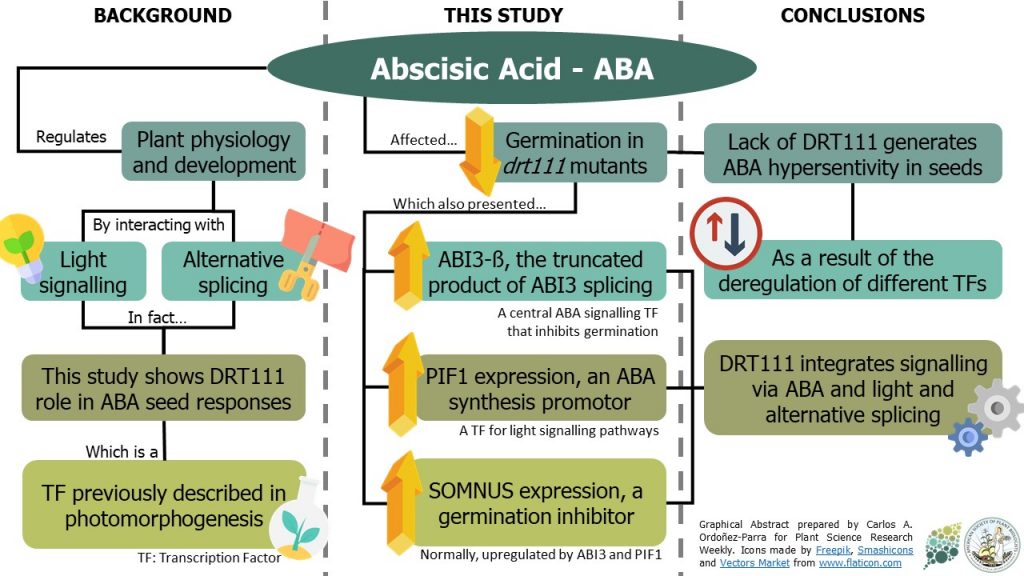
DRT111/SFPS splicing factor controls ABA sensitivity during seed development and germination (Plant Physiol)
Plant Science Research WeeklyAbscisic acid (ABA) acts on different plant physiological and developmental processes by quite complex mechanisms. In fact, some of these processes interact with light signaling and some are controlled by alternative splicing. In this paper, Punzo et al. show that DRT111 – a splicing factor previously…
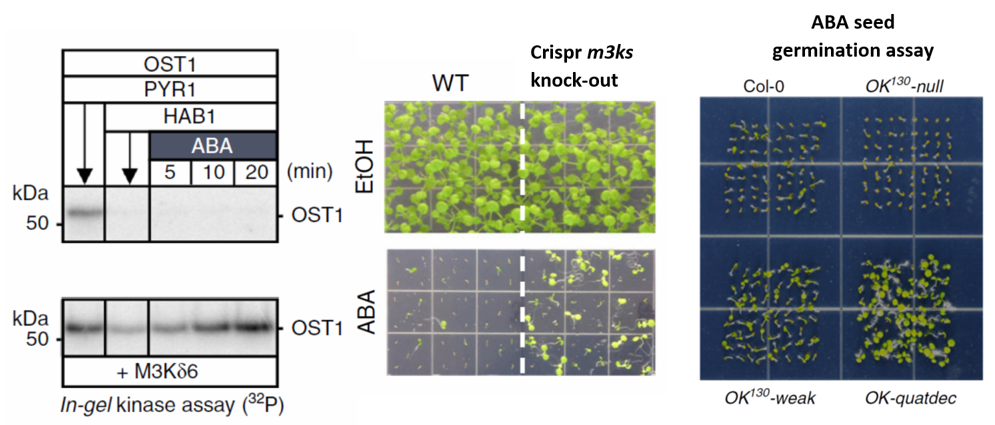
The M3Ks, a missing component discovered in the early ABA core signaling module (Nature Comms)
Plant Science Research WeeklyAbout a decade ago, the ABA receptors [PYR-ABACTIN RESISTANCE (PYR/PYL)/REGULATORY COMPONENT OF ABA RECEPTOR (RCAR)] were discovered, establishing the PYL-PP2C-SnRK2s core signalling module, in which ABA-binding to PYR/PYL receptors inhibits PP2C phosphatases, leading to activation of SnRK2 kinases,…

